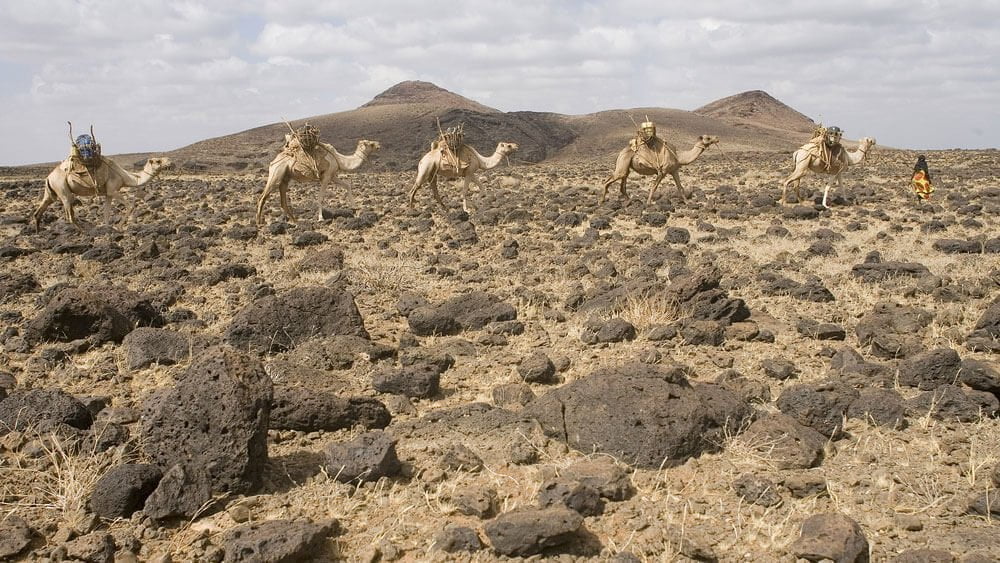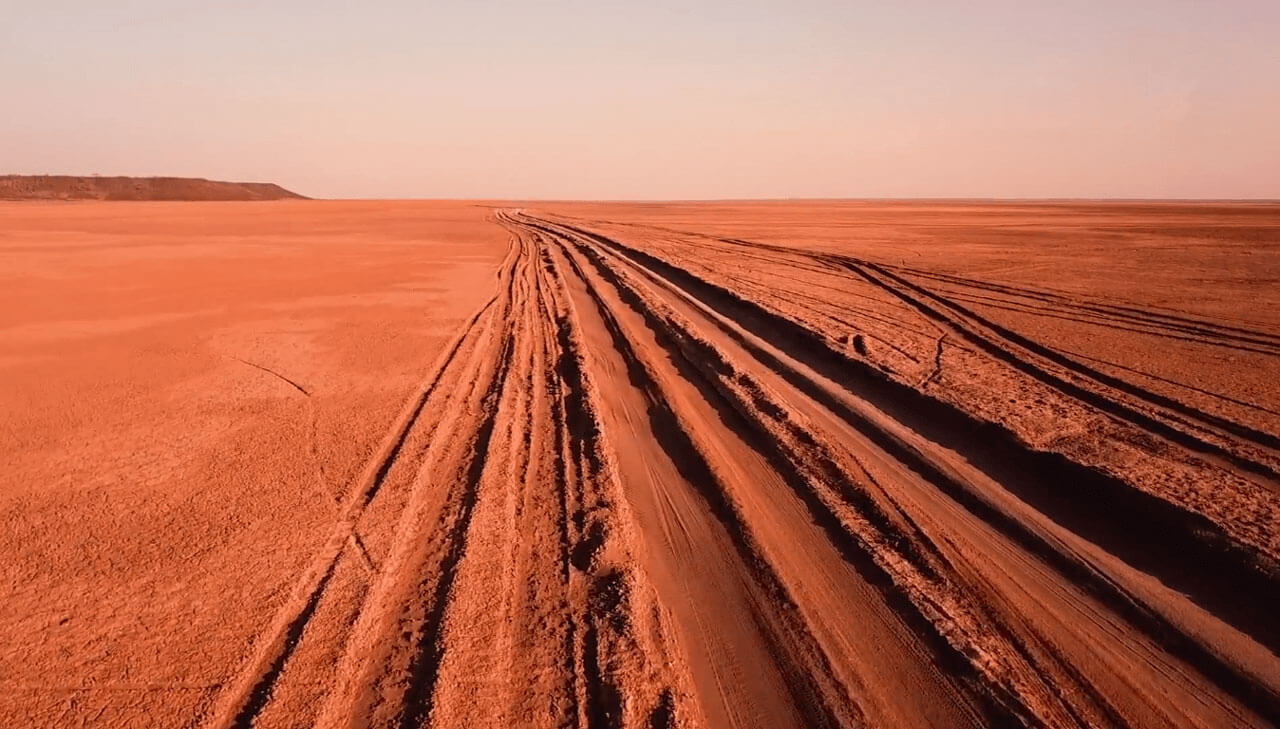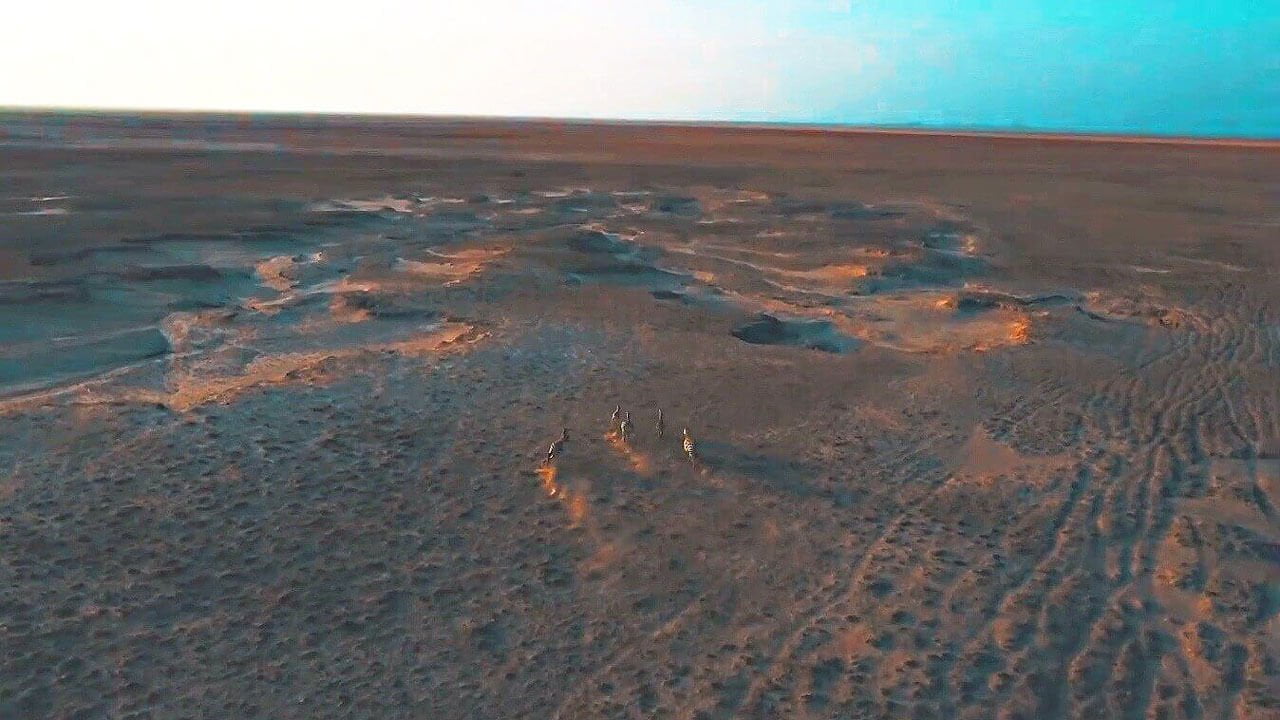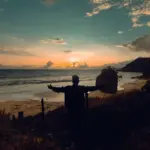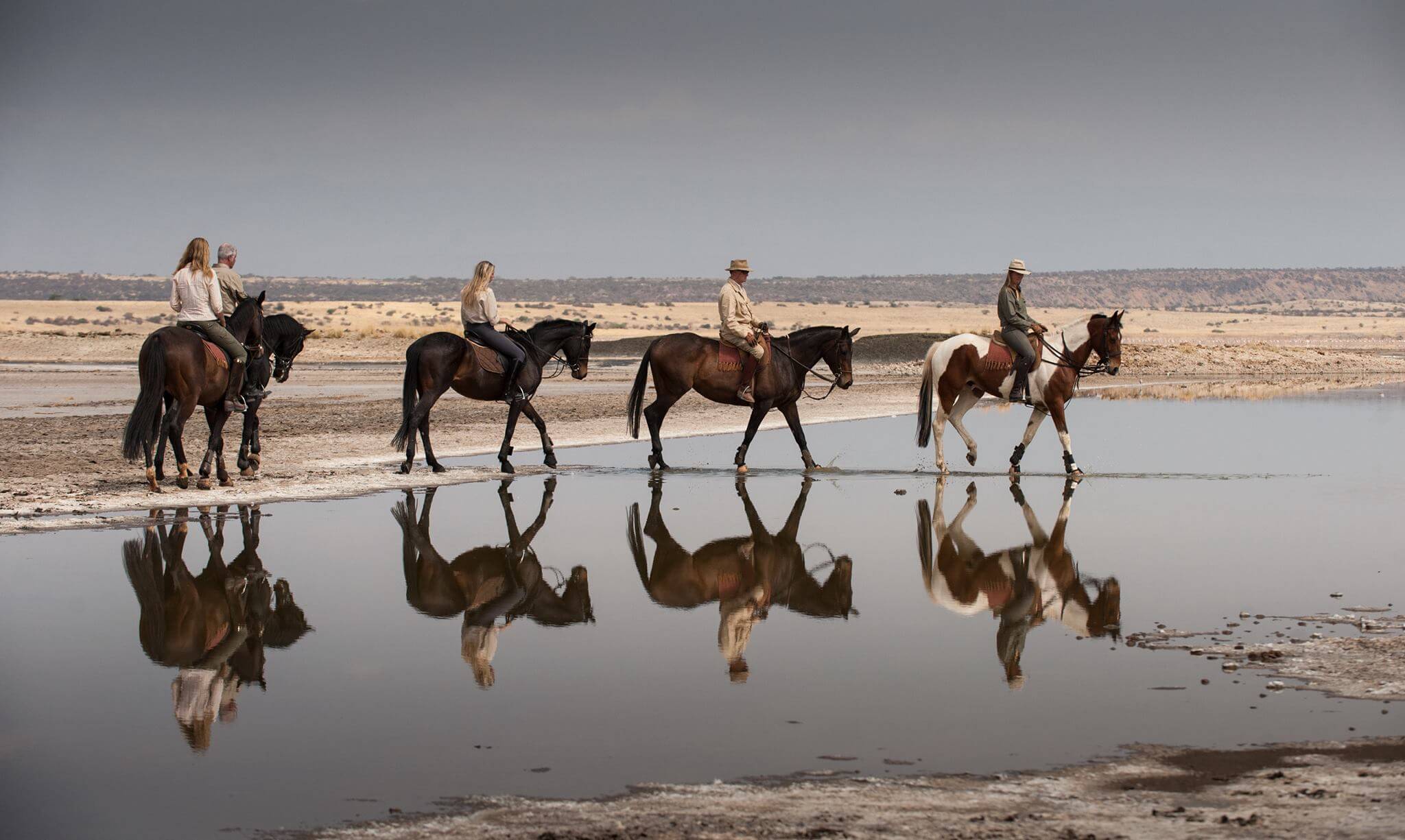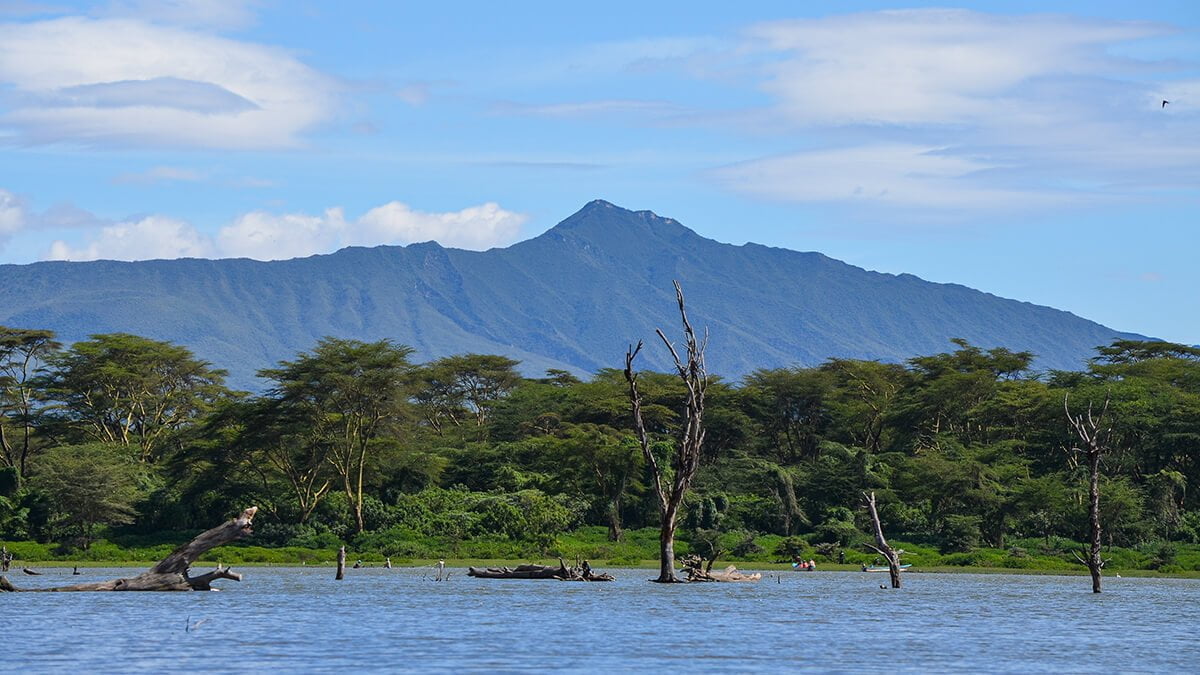Here Goes Kenya is supported by its audience. We may earn an affiliate commission when you book an experience or hotel through links on our site. Learn More
When most people think of Kenya, images of lush savannahs, roaring lions, and iconic national parks spring to mind. But beyond the green plains lies another world, stark, sun-baked, and mesmerising. Deserts in Kenya are vast, dramatic landscapes where survival depends on adaptation, and beauty takes on a rugged form.
The Chalbi, Nyiri and Kaisut Deserts offer a glimpse into the country’s wilder, more remote side, where dramatic scenery meets resilient wildlife and centuries-old cultures.
Overview of Deserts in Kenya
Kenya’s deserts share several striking features:
- Extreme Temperatures – Days can be blisteringly hot, while nights bring a sharp chill.
- Sparse Populations – Human settlements are rare, adding to the remoteness.
- Adapted Wildlife – Fewer species live here, but those that do are uniquely equipped for the harsh climate.
- Dramatic Scenery – From endless dunes to volcanic rock formations, the landscapes are unlike anywhere else in the country.
Chalbi Desert – Kenya’s Only True Desert
The Chalbi Desert lies in northern Kenya, near the Ethiopian border. Spanning around 1,000 square kilometres, it is the country’s only true desert. Its name, from the Gabbra language, means “bare and salty”, a perfect description of its shimmering white plains and rugged terrain.
Key Features of Chalbi Desert
- Volcanic Origins – Formed from an ancient lake basin, the desert is scattered with volcanic rocks, coarse sand, and rolling dunes.
- Harsh Climate – Daytime temperatures often exceed 36°C, while nights can plunge below 18°C.
- Minimal Vegetation – Hardy shrubs and salt-tolerant plants are the only green in this parched expanse.
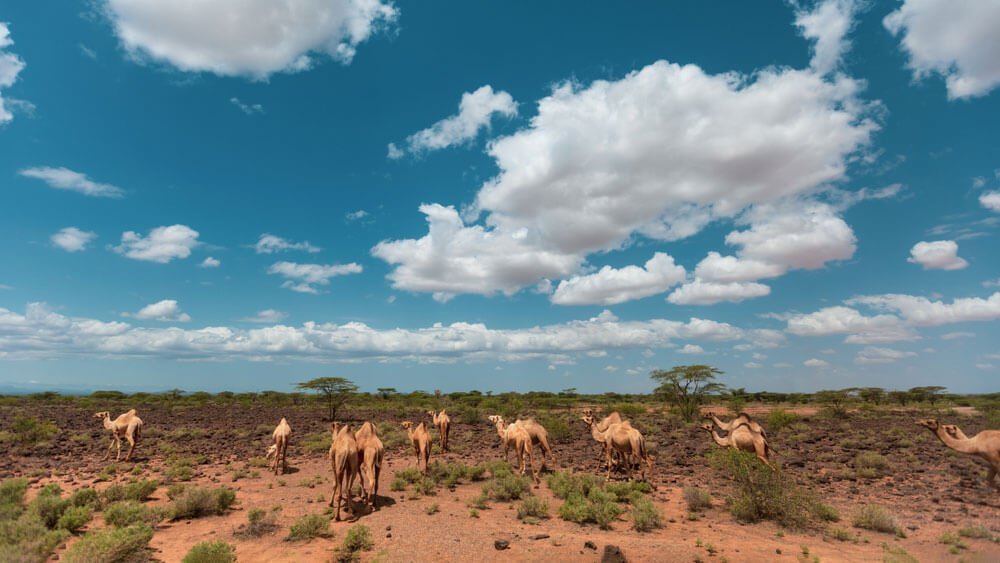
Wildlife in Chalbi Desert
While vegetation is sparse, a few species thrive in this harsh environment:
- Oryx
- Ostriches
- Zebras
- Occasional camel caravans led by the Gabbra people
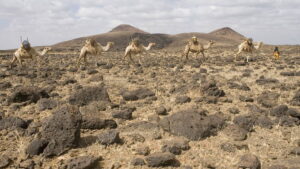
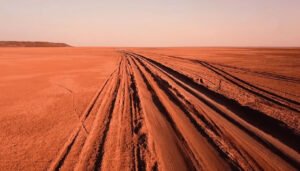
Top Things to Do in Chalbi Desert
- Desert Safaris: Traverse the sand dunes on a thrilling adventure.
- Cultural Tours: Engage with the Gabbra and other local communities like the Rendille and Turkana.
- Camel Derbies and Caravans: Participate in or witness camel races across the desert.
- Visit Kalacha Oasis: A beautiful haven surrounded by doum palms and acacia trees, offering a cool respite from the desert heat.
How to Get to Chalbi Desert
From Nairobi, it’s a 7–8 hour drive north, passing Mount Kenya, the Ewaso Nyiro River, and volcanic peaks like Mount Ololokwe.
Top Ways to Experience the Chalbi Desert and Nearby Attractions
Nyiri Desert: The Hidden Southern Gem
The Nyiri Desert, also known as the Taru Desert or Nyika, stretches across southern Kenya, about 80 kilometres east of Lake Magadi, and reaches towards the Tanzania border. It owes its aridity to the rain shadow effect of Mount Kilimanjaro.
Key Features of Nyiri Desert
- Diverse Flora – Sparse thorn trees, poisonous shrubs, and, after rare rains, bursts of green and wildflowers.
- Ancient Baobabs – Some over 2,000 years old, adding a sense of timelessness to the landscape.
- Loose Gravel Plains – Pebbles and exposed bedrock dominate the ground.
Wildlife in Nyiri Desert
Wildlife is more abundant here than in Chalbi, including:
- Giraffes
- Elephants
- Lions
- Rhinoceroses
- Leopards
- Impala
- Lesser Kudu
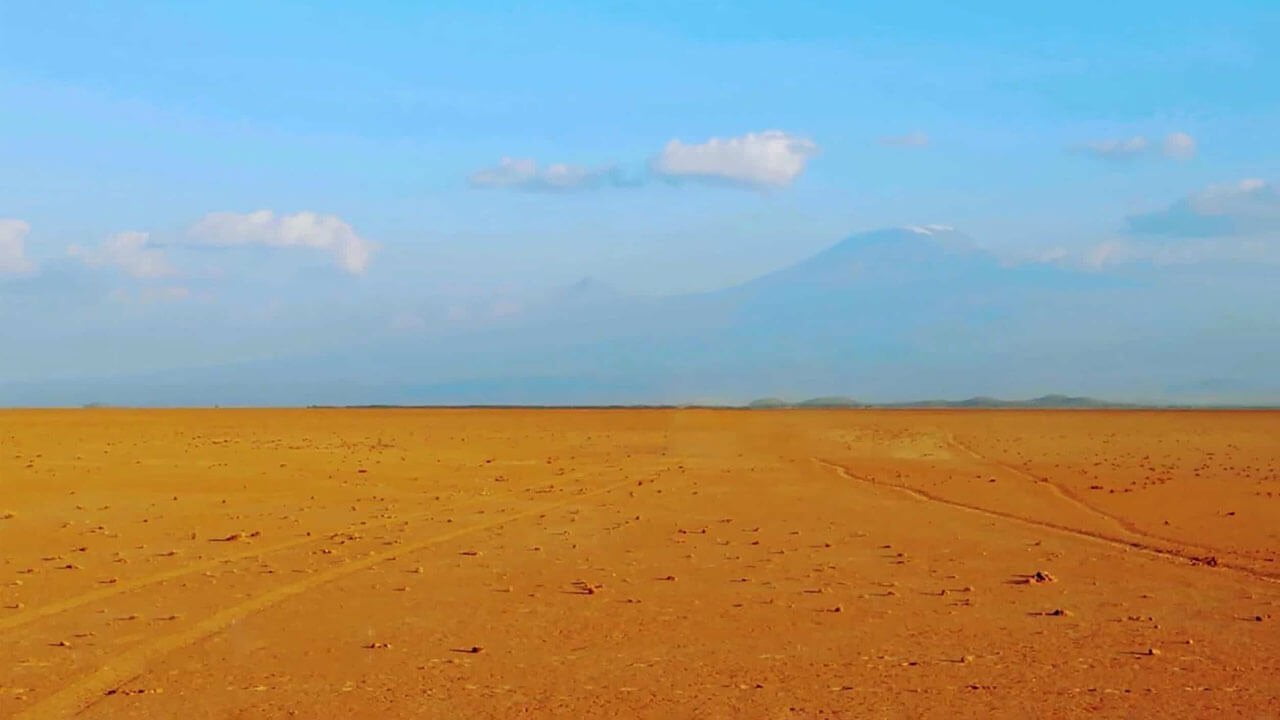
What to See in Nyiri Desert
- Rocky Hills & Outcrops – Scenic viewpoints and geological wonders.
- Seasonal Water Sources – Riverbeds and springs that sustain both wildlife and pastoralist communities.
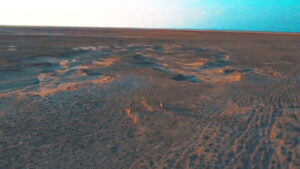
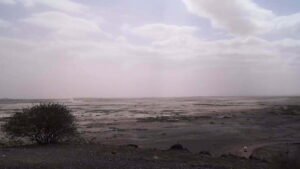
Kaisut Desert: Rugged Beauty in the North
Also known as the Suguta Valley, the Kaisut Desert covers around 230 square kilometres in northern Kenya, lying between the Chalbi Desert and the Matthews Range. Home to the nomadic Rendille people, this region showcases how humans and wildlife adapt to extreme desert conditions.
Key Features of Kaisut Desert
- Sandy Plains & Volcanic Formations – A striking mix of golden sands and dark basalt outcrops.
- Scattered Acacias – Providing sparse shade and a touch of green in the dry landscape.
- Nomadic Routes – Traditional paths used by Rendille herders moving livestock in search of pasture.
Wildlife in Kaisut Desert
While less wildlife-rich than Nyiri, the Kaisut supports hardy desert-adapted species such as:
- Grevy’s Zebras
- Oryx
- Gerenuk
- Ostriches
What to See in Kaisut Desert
- Cultural Encounters – Meet the Rendille people and learn about their traditions and desert survival skills.
- Remote Trails – Overland routes linking Isiolo, Marsabit, and Lake Turkana, offering stunning views and solitude.
FAQs About Kenya’s Deserts
What is the largest desert in Kenya?
The Chalbi Desert is the largest, covering about 1,000 square kilometres.
How hot does the Chalbi Desert get?
Daytime temperatures can hit 36°C, while nights cool to around 18°C.
Are there animals in the Nyiri Desert?
Yes, giraffes, elephants, lions, lesser kudu, and more.
Can tourists visit Kenya’s deserts?
Yes. Both Chalbi and Nyiri offer safaris, cultural tours, and unique landscapes to explore.
When is the best time to visit?
June to September is ideal for cooler temperatures and clear skies.
